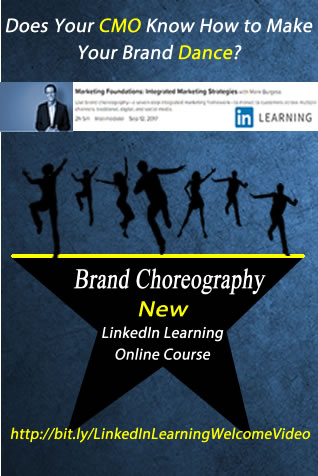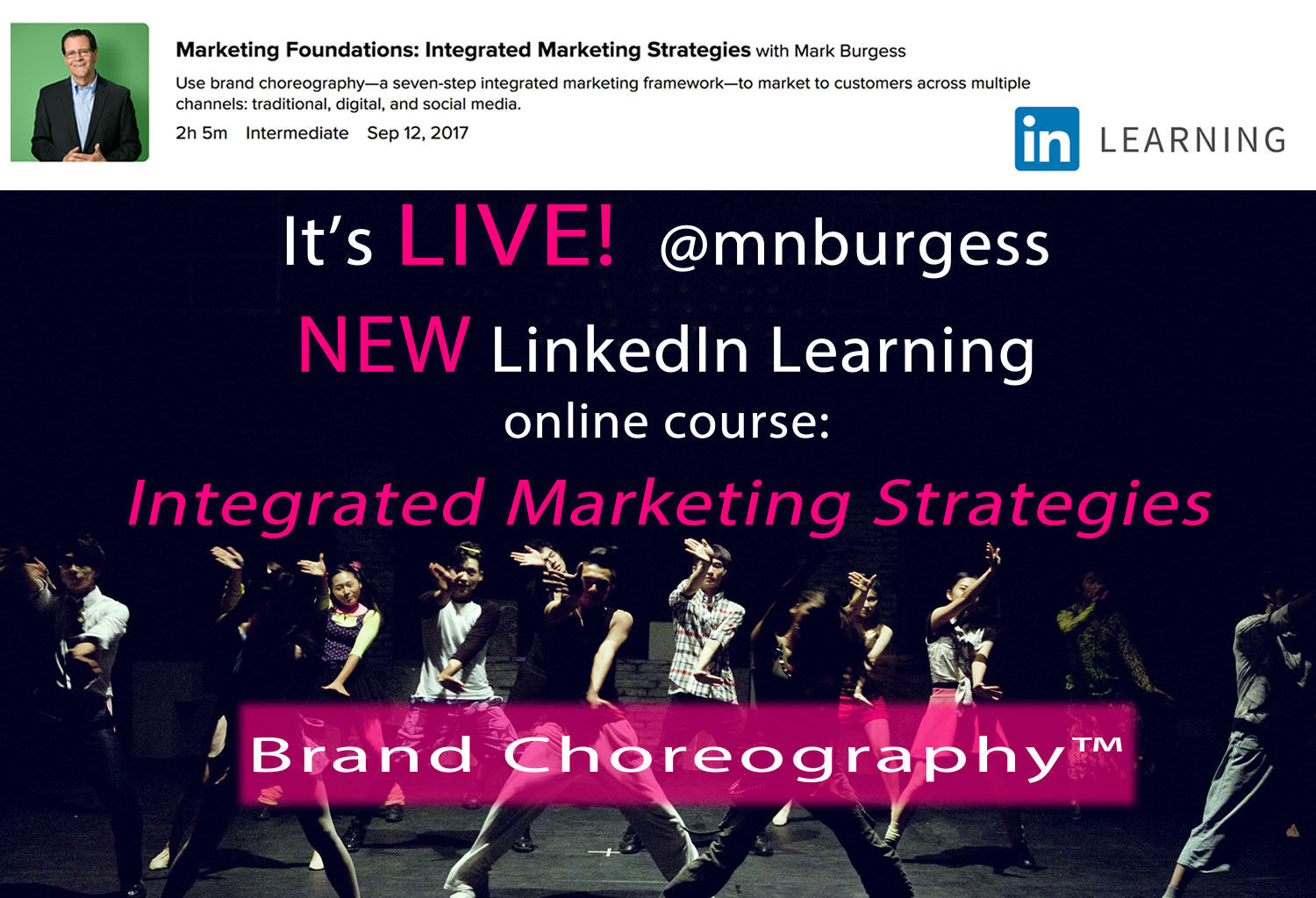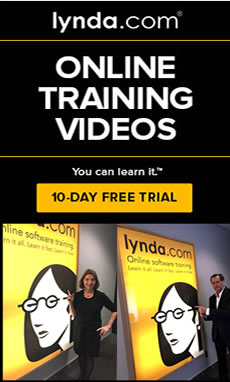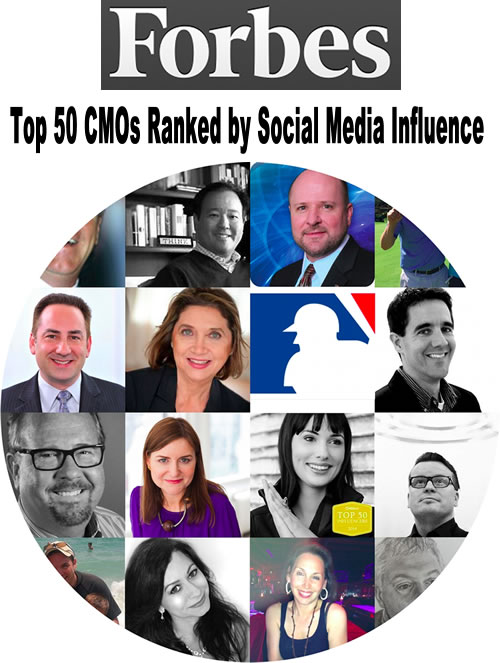
The power of television in the 1950’s gave advertisers the ability to push messages out to a mass audience. Internet marketer HubSpot believes that shoving unwelcome messages at consumers is like using a sledgehammer. An outbound marketing strategy is based on the hope that mass messages will resonate with prospects. “This traditional, one-way marketing doesn’t work anymore. Consumers are already bombarded with thousands of marketing messages on a daily basis but the majority of them are ignored”, according to Scott Goodson, in his Forbes article, “Become a Social Business”.
Today, marketers engage with customers very differently and are more interested in earning people’s interest instead of buying it. Marketers are learning that it is important to build relationships using inbound marketing instead of broadcasting mass messages. This powerful concept means getting found online through search engines and on places like Facebook, Twitter, and YouTube – sites that millions of people use to find answers every day.
“It’s not the strongest of the species that survive,
nor the most intelligent,
but the one most responsive to change.”
Charles Darwin
More Media Options Today
Today, the proliferation of media choices has left consumers with more options than time. The rise of social media places consumers in control of the messages they receive. Consumers are looking for information before buying products. Personal and business networks are excellent information sources to fuel decisions. Social media lets us decide on our level of engagement with messages and brands. This is good news for small businesses that use social media to compete with larger firms.
Trust is Social Media’s Sweet Spot
According to Erik Qualman, author of Socialnomics , 78% of people trust peer recommendations vs. only about 14% who trust ads.” In addition, “the number of consumers who don’t trust advertising is disturbingly close to 100%”, per econsultancy, based on a report sponsored by Alterian. The report says that respondents who are “actively engaged in the use of social media…[tend] to be more positive about companies in general. While only 16% of respondents overall thought companies were ‘genuinely interested in them’, a much greater percentage (33%) of those who use social media thought that.”
Digital intelligence experts, eMarketer, reports that personal recommendations are the most trusted by US consumers by a significant margin. In a social media world, trust is the new currency.
Social Media’s Small Business Advantages
- Cost effective means to reach customers and prospects
- Build and maintain communities
- Deeper relationships possible with customers
- Reach and impact new customers (win new business)
- Monitor conversations about your brand
- Increase website and blog traffic
- Improve SEO rankings
- Build trust between marketers and their audiences
- Track and measure the ROI of social media
HubSpot offers advice on how to leverage different inbound channels to generate “awesome leads” from business blogs, email marketing and landing pages to social media.
No Pain. No Gain.
Initially, marketers said: hey, social media is free, so the ROI is guaranteed. Companies soon came to realize that although there are no paid media costs, resources are needed to build and maintain initiatives on Facebook, Twitter, blogs or Google+. We all know companies that launched websites and let them die on the vine. Social media is no different. But, your social media efforts can also generate cost-effective leads and sales.
Can Twitter Help a Small Deli Sell More Sandwiches?
Here’s an idea. Your deli is located near a number of office buildings. Lunch time provides opportunities for increased sales if you can satisfy a long line of hungry, impatient customers. Enter Twitter. The deli owner uses Twitter to offer promotional discounts and to take advance orders. Customers now tweet their orders via Twitter apps. Result? The deli’s lunch time crunch greatly improves as much happier customers pick up orders, without the wait.
How to Leverage Social Media
Start with a strategy. For example, instead of saying “let’s start blogging or let’s create a Facebook page”, begin with a good understanding of your goals and objectives. Then, invest some time to create a social media strategy to leverage channels like Facebook, Twitter, LinkedIn, blogs and now, Google+ for business. You wouldn’t build a house without a blueprint. Why would you jump into social media marketing without creating a strategy? My upcoming series of blogs will focus on how to build a blueprint for your business.
So, forget the sledgehammer approach. Use inbound marketing to attract prospects to your sales funnel – like a magnet. As you head into 2012, focus on ways to put social media to work for your small business.
This post was originally published on AT&T’s Networking Exchange Blog.














Trackbacks/Pingbacks